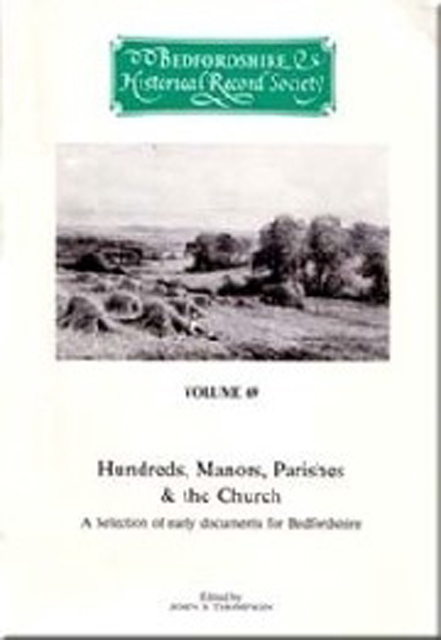202 results
64 Detecting and monitoring Salmonella infection and chronic carriage in living mice using bioluminescent in vivo imaging
- Part of
-
- Journal:
- Journal of Clinical and Translational Science / Volume 8 / Issue s1 / April 2024
- Published online by Cambridge University Press:
- 03 April 2024, p. 17
-
- Article
-
- You have access
- Open access
- Export citation
Ionicity of Clay–Cation Bonds in Relation to Dispersive Behavior of Mg and K Soil Clays as Influenced by pH
-
- Journal:
- Clays and Clay Minerals / Volume 68 / Issue 6 / December 2020
- Published online by Cambridge University Press:
- 01 January 2024, pp. 588-600
-
- Article
- Export citation
56 Cognitive Intra-Individual Variability Profiles of a Spanish Speaking Population Living with HIV and Injection Drug Use
-
- Journal:
- Journal of the International Neuropsychological Society / Volume 29 / Issue s1 / November 2023
- Published online by Cambridge University Press:
- 21 December 2023, pp. 52-53
-
- Article
-
- You have access
- Export citation
29 Human Immunodeficiency Virus (HIV) Status, Injection Drug Use, and Cognitive Effects in a Spanish-Speaking Population
-
- Journal:
- Journal of the International Neuropsychological Society / Volume 29 / Issue s1 / November 2023
- Published online by Cambridge University Press:
- 21 December 2023, pp. 442-443
-
- Article
-
- You have access
- Export citation
Diverse Sound Practices: An exploration of experimental electronic music in regional Australia
-
- Journal:
- Organised Sound / Volume 28 / Issue 3 / December 2023
- Published online by Cambridge University Press:
- 25 January 2024, pp. 362-371
- Print publication:
- December 2023
-
- Article
-
- You have access
- Open access
- HTML
- Export citation
Examining the effects of organizational influencers on the implementation of clinical innovations: A qualitative analysis
-
- Journal:
- Antimicrobial Stewardship & Healthcare Epidemiology / Volume 3 / Issue S2 / June 2023
- Published online by Cambridge University Press:
- 29 September 2023, pp. s41-s42
-
- Article
-
- You have access
- Open access
- Export citation
Contents
-
- Book:
- Hundreds, Manors, Parishes and the Church
- Published by:
- Boydell & Brewer
- Published online:
- 05 August 2023, pp v-v
-
- Chapter
- Export citation
Index of personal names
-
- Book:
- Hundreds, Manors, Parishes and the Church
- Published by:
- Boydell & Brewer
- Published online:
- 05 August 2023, pp 229-233
-
- Chapter
- Export citation
The Hundred Rolls of 1274 And 1279
-
- Book:
- Hundreds, Manors, Parishes and the Church
- Published by:
- Boydell & Brewer
- Published online:
- 05 August 2023, pp 3-63
-
- Chapter
- Export citation
Abbreviations
-
- Book:
- Hundreds, Manors, Parishes and the Church
- Published by:
- Boydell & Brewer
- Published online:
- 05 August 2023, pp vi-vii
-
- Chapter
- Export citation
Blunham Rectory Accounts 1520-1539
-
- Book:
- Hundreds, Manors, Parishes and the Church
- Published by:
- Boydell & Brewer
- Published online:
- 05 August 2023, pp 124-169
-
- Chapter
- Export citation

Hundreds, Manors, Parishes and the Church
- A Selection of Early Documents for Bedfordshire
-
- Published by:
- Boydell & Brewer
- Published online:
- 05 August 2023
Account Roll For Higham Gobion And Streatley 1379-1382
-
- Book:
- Hundreds, Manors, Parishes and the Church
- Published by:
- Boydell & Brewer
- Published online:
- 05 August 2023, pp 64-123
-
- Chapter
- Export citation
Eggington Manor Court Rolls 1297-1572
-
- Book:
- Hundreds, Manors, Parishes and the Church
- Published by:
- Boydell & Brewer
- Published online:
- 05 August 2023, pp 184-228
-
- Chapter
- Export citation
Index of places
-
- Book:
- Hundreds, Manors, Parishes and the Church
- Published by:
- Boydell & Brewer
- Published online:
- 05 August 2023, pp 234-234
-
- Chapter
- Export citation
Frontmatter
-
- Book:
- Hundreds, Manors, Parishes and the Church
- Published by:
- Boydell & Brewer
- Published online:
- 05 August 2023, pp i-iv
-
- Chapter
- Export citation
Bedfordshire Archidiaconal Visitations 1578
-
- Book:
- Hundreds, Manors, Parishes and the Church
- Published by:
- Boydell & Brewer
- Published online:
- 05 August 2023, pp 175-183
-
- Chapter
- Export citation
Turvey Churchwardens' Accounts 1551-1552
-
- Book:
- Hundreds, Manors, Parishes and the Church
- Published by:
- Boydell & Brewer
- Published online:
- 05 August 2023, pp 170-174
-
- Chapter
- Export citation
Symbols Used In Transcription
-
- Book:
- Hundreds, Manors, Parishes and the Church
- Published by:
- Boydell & Brewer
- Published online:
- 05 August 2023, pp vi-vii
-
- Chapter
- Export citation
Mapping the distribution of health equity research and practice across a university: a network analysis
-
- Journal:
- Journal of Clinical and Translational Science / Volume 7 / Issue 1 / 2023
- Published online by Cambridge University Press:
- 22 May 2023, e142
-
- Article
-
- You have access
- Open access
- HTML
- Export citation

